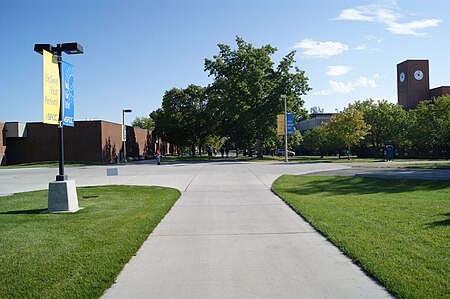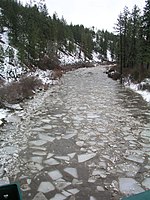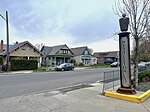Spokane Falls Community College
Community colleges in Washington (state)Educational institutions established in 1967Pages containing links to subscription-only contentSubscription required using viaUniversities and colleges accredited by the Northwest Commission on Colleges and Universities ... and 4 more
Universities and colleges in Spokane, WashingtonUse mdy dates from August 2020Washington (state) school stubsWestern United States university stubs

Spokane Falls Community College (SFCC) is a public community college in Spokane, Washington. It was established in 1967 and is part of the Community Colleges of Spokane.
Excerpt from the Wikipedia article Spokane Falls Community College (License: CC BY-SA 3.0, Authors, Images).Spokane Falls Community College
West Elliott Drive, Spokane
Geographical coordinates (GPS) Address External links Nearby Places Show on map
Geographical coordinates (GPS)
| Latitude | Longitude |
|---|---|
| N 47.676666666667 ° | E -117.46444444444 ° |
Address
Spokane Falls Community College
West Elliott Drive
99205 Spokane
Washington, United States
Open on Google Maps









